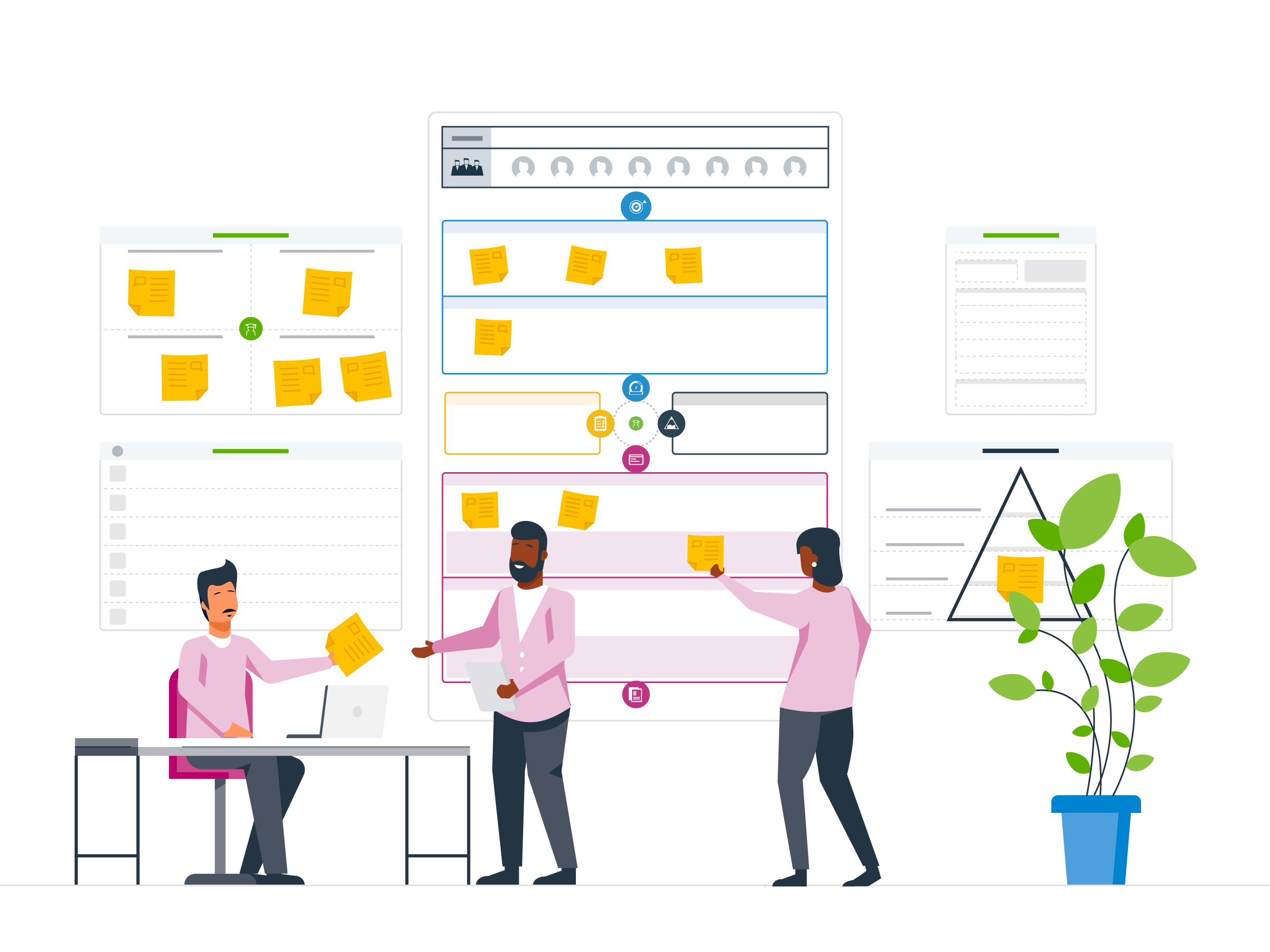Organised learning is as old as the hills, and over the centuries, it has taken plenty of different forms. In the modern world, it has taken yet another new shape—online learning (or eLearning). But as with most new innovations, eLearning has been met with resistance at times, which has given rise to a few misconceptions about it.
Today, we’re going to bust five of the most common myths about learning online.
Myth #1: eLearning is only for the tech whizzes
A lot of people may think that learning becomes far more complex when it’s put online, so much so that only people who work in technical fields could understand how to use it.
But just because eLearning uses technology doesn’t mean you have to be a technical genius to use it. After all, your car uses all sorts of complicated mechanical parts, but you don’t need to be an automotive engineer to know how to drive. In fact, every new generation of car is designed to be even more intuitive and easy to use, even though this means the hardware behind it becomes harder for the average person to understand.
eLearning is similar. While it may involve technical complexity at its foundation, that doesn’t mean that using it or even creating it using an authoring tool, has to be difficult. Online education is specifically designed to be intuitive and easy to use, without any background technical knowledge.
Myth #2: eLearning is killing the classroom
You might be thinking that if you have online education, then there’s no need for any sort of classroom or face-to-face learning. Who needs to pay a trainer when you can just get the content all online?
In some circumstances this actually is true. Sometimes, a course really doesn’t need a trainer or a teacher to be there in person to help the learners, and a purely online course is sufficient. But that isn’t always the case.
Sometimes, an online course can be very well complemented by having face-to-face lessons or workshops as well. This style of teaching is called blended learning. There are some cases where, to ensure the learners fully understand the online content, they may participate in face-to-face classes as well. In this way, the two styles of learning can support each other rather than replace each other.
Myth #3: eLearning is antisocial and impersonal
In face-to-face classes, it’s easy to personalise the learning experience of everyone there. You can adjust your teaching style based on what you can observe of the learners and on what they tell you. It also gives them a chance to communicate with you and with each other, making the experience engaging and personal.
Online, it looks like a lot of those opportunities have been lost. An online course is the same from person to person, and learners are completely isolated from everyone else doing the course…right?
Not quite. It’s true, eLearning does give the learner opportunities to be independent, but that doesn’t mean it has to be isolated. Features such as online chatrooms or discussion boards can enable learners to share ideas or ask questions with each other and with the coordinators. Not only that, but eLearning which includes self-reflection, score systems or branching outcomes depending on the actions of the learner can create a unique experience tailored to the needs of the individual.
Myth #4: eLearning must be interactive to be engaging
There’s no doubt that interactivity can make the learner feel far more involved in what they are learning. It draws their attention back into the content and encourages them to consider what they learned for themselves and actively make a decision based on that knowledge.
However, something doesn’t need to be interactive to grab your attention. If you’re reading a thrilling novel, is it the fact that you have to turn the pages (the only interactive aspect of a book) that draws you in? Sometimes, learning can be engaging even without being interactive.
At its worst, interactivity can actually discourage engagement. Too much interactivity—especially when it’s unnecessary—can distract the learner from what they’re meant to be learning and become tiresome. It’s important to be able to use interactivity in a way that makes it effective, not just because you can. Some examples of this include using interactivity to:
-
break up a lot of text
-
allow learners to try something they’ve learned
-
clarify a complex concept
On its own, interactivity isn’t good or bad - its effectiveness depends on how it’s used.
Myth #5: eLearning is boring
One might think that sitting at a computer or on your phone to learn is kind of…dull. At least, compared to learning in a classroom or office. And yes a PowerPoint-style, ‘click-click-next’ module can be one of the most torturous forms of education in existence. But a piece of learning that is engaging and truly learner-centred can be one of the most exciting and effective learning experiences you ever have.
There is so much you can do to make an online course interesting and involved. Just to list a few, you can include:
-
Videos
-
Characters
-
Assessments
-
Group activities
-
Reflective questions
-
Real-work scenarios
And many more—it never hurts to experiment to see what works best in your context.
Incorporating creative aspects into eLearning, as well as avoiding pitfalls like making a course overly text-heavy or including videos far longer than the learner’s attention span, can ensure that learners can really enjoy their experience online.

.png)

